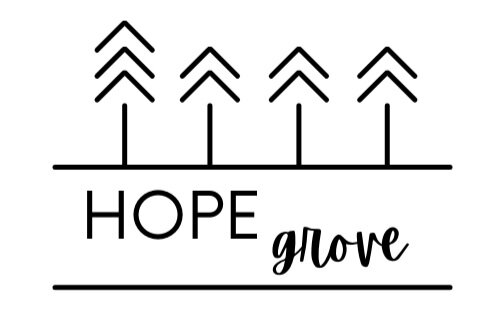Loose Parts Play
The best toys are often not toys at all. Have you noticed how children often prefer to play with real-life items instead of the toy version? Have your children ever enjoyed the box or the packaging more than the toy itself?
Are you looking for ways to motivate, excite, and foster independence in your child’s learning and playing? Introducing and providing opportunities to engage with “loose parts” can enhance their development in so many ways including fine and gross motor skills, social/emotional skills, and improved physical health.
Loose parts can be natural or manufactured materials that your child can use to learn and play with. These parts are versatile and open-ended, with infinite ways to play and interact with these materials. For example, a cardboard box could be used to make a car or it could be used to make a little house. In addition to loose parts being versatile, they can be used within a wide range of ages and abilities, making them a great tool to foster learning and play with children who come to the sessions at HOPE Grove.
Benefits of Playing with Loose Parts
When children engage in loose parts play, they are practicing and developing a variety of skills that are necessary for their healthy child development. Loose parts facilitate unstructured, child-led play, or free play solely guided by the child. Nature is the perfect setting to engage in child-led free play with loose parts due to the endless possibilities provided by nature.
The benefits of this type of play include:
Develop problem-solving and higher-order thinking skills
Children can experiment with the elements and come up with solutions to problems
Improve concentration and focus
Children are more engaged and focused on play with loose parts because it is typically self-motivated, child-led play
Develop creative and imaginative play skills
Anything can be made from loose parts
Example: a stick could be a magic wand, a sword, or a writing utensil
Develop and improve social and emotional skills
Children work together with others while engaging in loose parts play
Example: sharing with another child, taking turns, collaborating, communicating ideas, and listening and responding to others
Develop motor skills
Fine motor skills
Children use small muscles and movements with their hands and fingers while playing with loose parts
Example: picking up rocks and stacking them to make a tower
Gross motor skills
Children use big muscles and big body movements to lift, push, pull, carry, or move those loose parts around
Example: pushing a large cardboard box around, pretending it is a car
Foster independence
Children will take control of their play and learning when engaging with loose parts
They will challenge themselves, take risks, and become more confident in themselves
Tips for Parents:
Start putting together a loose parts collection that is available to your child. These parts could include
Recycled items: water bottles, paper towel rolls, toilet paper rolls, cardboard boxes, bottle caps, egg cartons
Natural parts: rocks, shells, feathers, sticks, pinecones, leaves
Other parts: plates, cups, pots, colanders, bedsheets, kitchen utensils, string, rope
Create opportunities for your child to engage in loose parts play: set out some small items during playdough play, have a basket of kitchen items to use for outdoor play, etc.
Allow your child time and space to play with loose parts and watch their creativity flourish
Limit battery-operated toys or toys that have a definite purpose- the more a toy does the less a child does (in terms of creativity, critical thinking, and problem-solving)
~ Angela & Kristin
To learn more about loose parts and loose parts play, check out this podcast series: https://loosepartsnatureplay.libsyn.com/
And these other articles:








